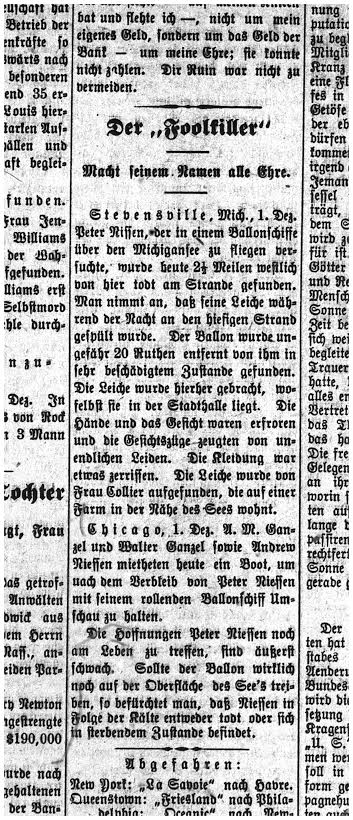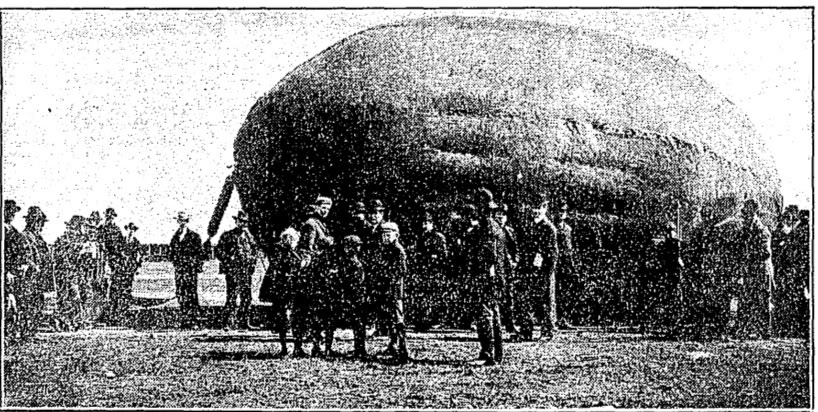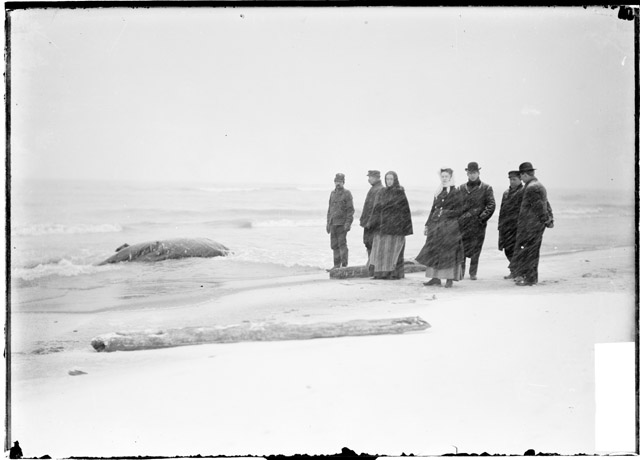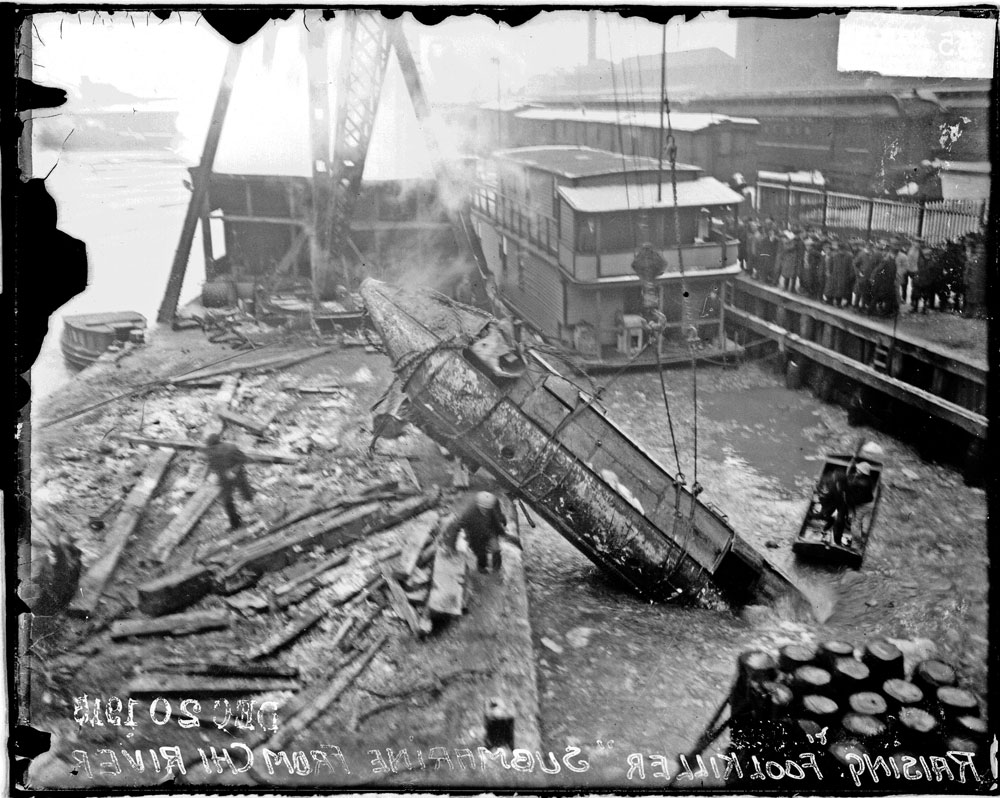When one of western Indiana’s most beautiful natural areas was turned into a state park in 1947, conservationists who had fought to protect it were faced by a publicity problem: what to do about its name, the one it had been known by for about a century?
Located along Sugar Creek, 45 miles west of Indianapolis, Shades State Park sits in the “shadow” of its better-known neighbor, Turkey Run in Parke County. But as 19th-century tourists knew, the steep, even vertical scenery in these wild gorges — atypical of Indiana’s landscapes — is a powerful lure.
The canyons and cliffs at Shades and Turkey Run stand out in this part of the Midwest, which was scoured, bulldozed, and mostly flattened by glaciers. Ecologically, too, these unique parks are outliers, reminders of a time when Indiana looked more like Wisconsin or Canada. Pine Hills Nature Preserve, now part of Shades, contains one of the southernmost stands of white pines in America. Other geological vestiges of a “primitive,” ancient Indiana are the fern- and lichen-covered sandstone gorges, strewn with small waterfalls, along Sugar Creek.
In fact, as the founders of the Indiana state park system knew when they created the first parks to commemorate Indiana’s 1916 centennial, Turkey Run and Shades are among the few Hoosier landscapes that pioneers would recognize today.
Yet most pioneers avoided Shades. Mostly because of geology: the steep area was too difficult to farm or even log. But partly, it could be, because of folklore and a name.
From sometime in the mid-1800s until 1947, what we call Shades was almost always known by its old pioneer name, the “Shades of Death.” Although the spot was a popular tourist destination as early as the 1880s, and the name didn’t seem to scare many visitors away, an unknown writer in the July 22, 1888, Indianapolis Journal suggests changing it to something less ominous.
“The popularity of the ‘Shades of Death,'” he wrote, “one of Indiana’s most beautiful summer resorts, would undoubtedly be greatly enhanced by a change of name.”

A man naturally hesitates before saying that he has sent his family to the Shades of Death, and does not find it altogether agreeable to be congratulated on his own safe return from there. It casts a chill over otherwise fascinating society notes to read of distinguished citizens who have gone down to the Shades of Death. To be sure, they are heard of the next week as coming back, but the emotions which arise over their return are of the sympathetic sort that go out to those who have been to the gates of death. . .
The Shades of Death should become the ‘Indiana Eden,’ or ‘Montgomery County Paradise,’ or, being a Crawfordsville adjunct, the ‘Litterateur’s Retreat’ – anything to relieve the gloom.
(A stretch of Sugar Creek near the “Shades of Death” had been a favorite fishing spot of Hoosier literary giant General Lew Wallace, author of Ben-Hur. Wallace lived in nearby Crawfordsville.)
In fact, a quick search through news articles digitized by Hoosier State Chronicles turns up plenty of strange mentions, like these: “This train also available for Shades of Death and Montezuma…” “The Odd Fellows of Indiana will hold a picnic at the Shades of Death…” “Miss Anna Moore will go to the Shades of Death this week to spend the summer…”
What was the origin of this old Indiana place name?
In his Sugar Creek Saga (1959), Montgomery County historian Theodore Gronert thought it came from the pioneers’ morbid associations with danger (Native Americans and animals) lurking in the shades. Few settlers, in fact, came to this part of the county. Yet one of those who did settle in the vicinity, an Irishman named Alexander Weir, reportedly chose the area because of its wild beauty. Weir was said to have named the spot on Sugar Creek where he lived “Balhinch” after his native village in Ireland, which this rugged place supposedly reminded him of.
Others speculate that the name “Shades of Death” actually comes from a lost Native American name for the canyons along the creek. Miami and Shawnee bands are thought to have lived in this area just before European settlement.
Though not well substantiated, there is a Potawatomi legend about a huge pitched battle against the Miami, an event that may have taken place on the steep terrain of Pine Hills and Shades in the 1770s, when these tribes fought each other for control of the Illinois prairies and part of the Wabash Valley. The legend alleges that nearly 600 warriors on both sides were slaughtered in these canyons, with only seven Potawatomi living to tell the tale as the last five Miami scattered into the woods in defeat. The truth of the story is nearly impossible to tell.
What is certain is that in 1836, a frightened woman-or perhaps teenage girl-went to trial in Montgomery County, the first woman ever tried for murder here. Surviving records at the courthouse in Crawfordsville show that she was known only as “Mrs. Rush”. She lived with her husband, a pioneer named Moses Rush, whom folklore claims was also an outlaw, along part of Sugar Creek near what became Shades. H.W. Beckwith’s 1881 history of Montgomery County says the Rush cabin was “just below where Deer and Canine’s Mill now stands.” (This is the Deer Mill covered bridge at the edge of the park near Pine Hills.) The remote spot probably suited Rush, who seems to have been a wild man, a drunk, and a brutal wife beater.
Probably nothing at all is known about Moses Rush except that one night in 1836, according to his wife’s court testimony, he came back to their cabin drunk and threatened to kill her. Fortunately, Rush decided to take a nap first. Fearing for her life, his battered wife took an axe and split his skull open — then went to a neighbor and reported her crime. The trial was short. The judge and jury were sympathetic. Moses Rush’s widow was acquitted and possibly even congratulated for ridding Montgomery County of him.
According to Virginia Banta Sharp’s History of Waveland, “The husband’s body was buried near the house where he had lived and on a tree by the grave was cut the letters, Moses Rush, 1836. For many years the words could be seen and much later, a party of picknickers unearthed the remains and found the skull with a 3-inch deep cut in it.”
W.H. Blodgett mentioned the famous braining in the Indianapolis News on June 6, 1898, in a piece on Crawfordsville folklore:

Another murder took place right outside the boundaries of what became Shades State Park back in 1865, as the Parke County Republican reported on February 15. This story, too, may have reinforced the murderous association with the name “Shades of Death.”
Fearing he was going to be cheated of his inheritance, a 33-year-old farmer, Milton Wineland, brought a double-barreled shotgun to the farm of his father, Frederick. Frederick Wineland “resided in Montgomery county, about four miles northwest of Waveland, but was murdered in this county [Parke], the county line running between his house and the field in which he was at work.” Milton “inquired of his helpless mother where his father was,” then went out in the field, hid behind a fence row, and shot his father and cousin dead.
The murderer then took off as a fugitive, perhaps finding temporary refuge in the gullies and canyons of Shades and Pine Hills. Wineland’s own mother posted $1000 reward for his capture. But a week later, the Parke County Republican thought he had fled to Canada. “Wineland doubtless imagines that a murderer will be safe within the realms of the Queen’s domains,” it was written from Rockville, “inasmuch as deserters, bounty jumpers, and Copperheads fleeing the draft, there find a place of safety.”
Despite the murders, the future park was a peaceful place, considered wild and romantic. It was probably an early stomping ground of Indiana’s most famous painter. Though best known for his Impressionist paintings of Brown County in southern Indiana, T.C. Steele grew up in Waveland, the closest town to “Shades of Death”. When he was given a box of paints, Steele began his formal art training at the Waveland Collegiate Institute, later called Waveland Academy, then at Asbury College (now DePauw University) thirty miles down the road in Greencastle.


Newspapers digitized by Hoosier State Chronicles show the popularity of Shades long before it became a state park and the words “of Death” were dropped from its name. Visitors from Indianapolis and Terre Haute especially were drawn here. (Two-hundred acres of forest were owned by a Dr. Moore from Irvington, on Indianapolis’ East Side.)
Though the “gloomy” name was briefly changed to Garland Dell sometime around 1890 (as the Indianapolis Journal writer had hoped), the old name stuck. Hundreds of city-folk came for outings, including members of the German Männerchor and Socialer Turnverein of Indianapolis, the Indianapolis Botanical Club, cyclists, Shortridge High School’s zoology club, and the Supreme Tribe of Ben-Hur (a fraternal organization whose rituals were based on the novel Ben-Hur.)
Indianapolis physicians planned to build a sanitarium at the Shades of Death around 1890 and there was even a controversial push to connect it to an electric tram line serviced by the Vandalia Railroad. (Waveland in those days had passenger trains.)


Shades of Death was mostly a happy place, but one last story from the turn of the century nearly led to a student’s tragic end.
In February 1903, a gang of fifteen freshmen at Wabash College “entered the Wells Club at the supper hour” and kidnapped a member of the rival sophomore class, a student from Iowa named Andrew Thornell (some papers call him Thornley.) Thornell was the captain of the Wabash College baseball team.
Handcuffed, blindfolded, and shoved into a buggy waiting in an alleyway, Thornell ended up being taken at night to a lonely hut or solitary farmhouse near the Shades of Death, twenty miles southwest of Crawfordsville. Three freshmen fastened him to a wooden block on the floor and kept watch over him. The freshmen must have fallen asleep, since Thornell broke loose, jumped from a window, and struck out through the woods around Shades and Pine Hills. Exposed to the elements, the “kidnapped” student got lost and “walked many miles” before he found a farmhouse where someone offered him shelter and food.
Thornley caught pneumonia that night and nearly died, leading Wabash College to investigate the prank. The sophomore’s escape from captivity made several state newspapers. His “brutal treatment” near the Shades of Death even appeared in Indianapolis’ German-language Indiana Tribüne.
Almost every landscape has a story or two that brings it to life. Many will surely remain untold forever, lurking in the “Shades of Death” where old stories go.


















